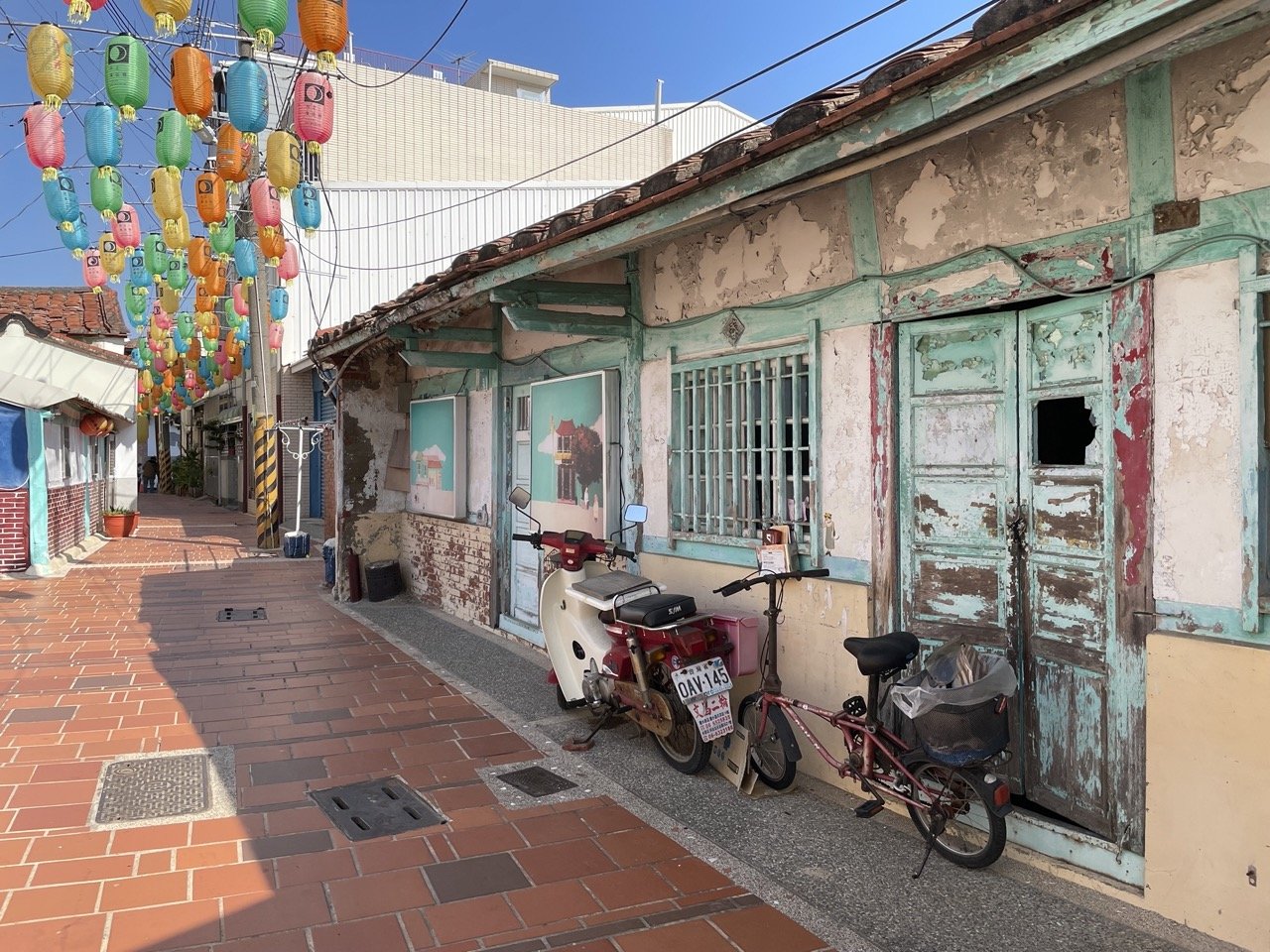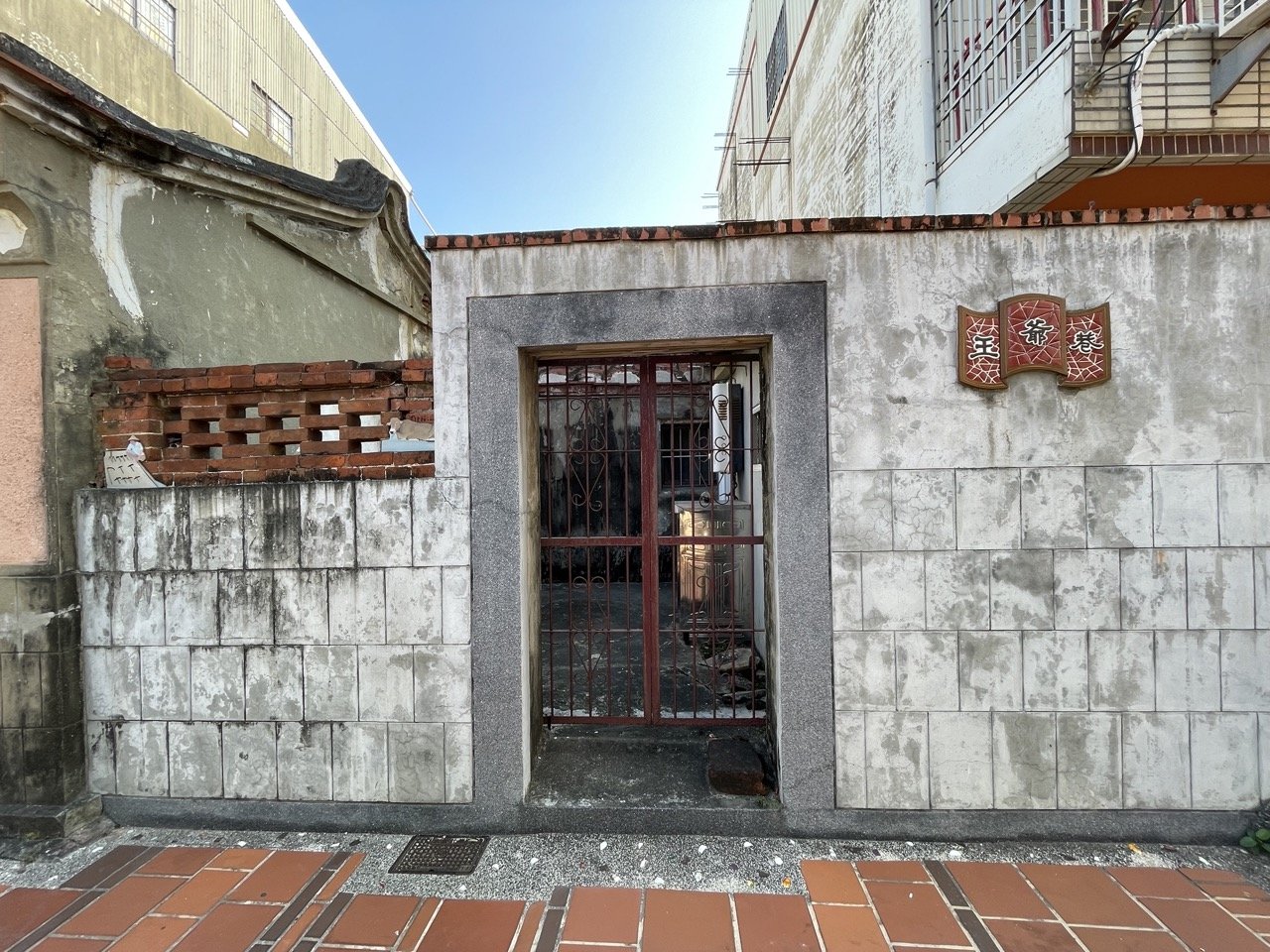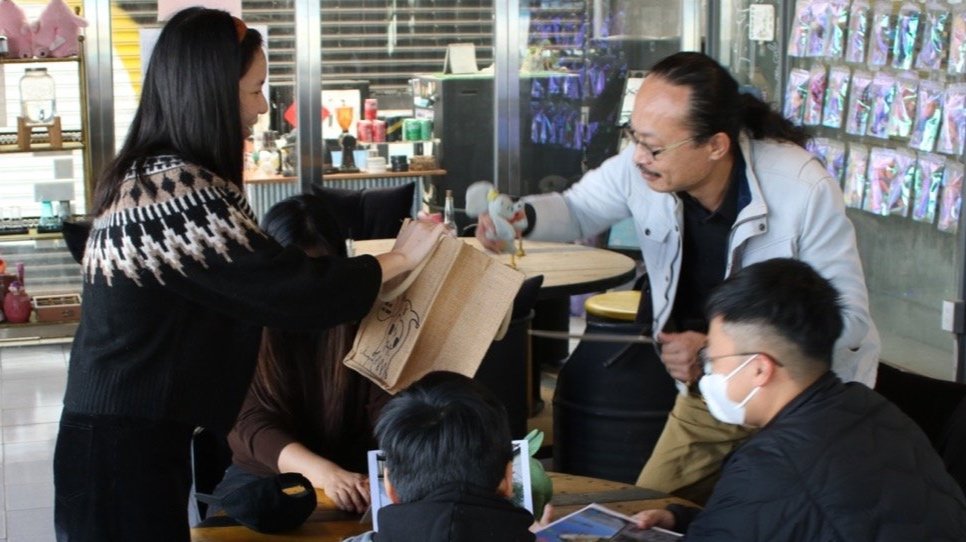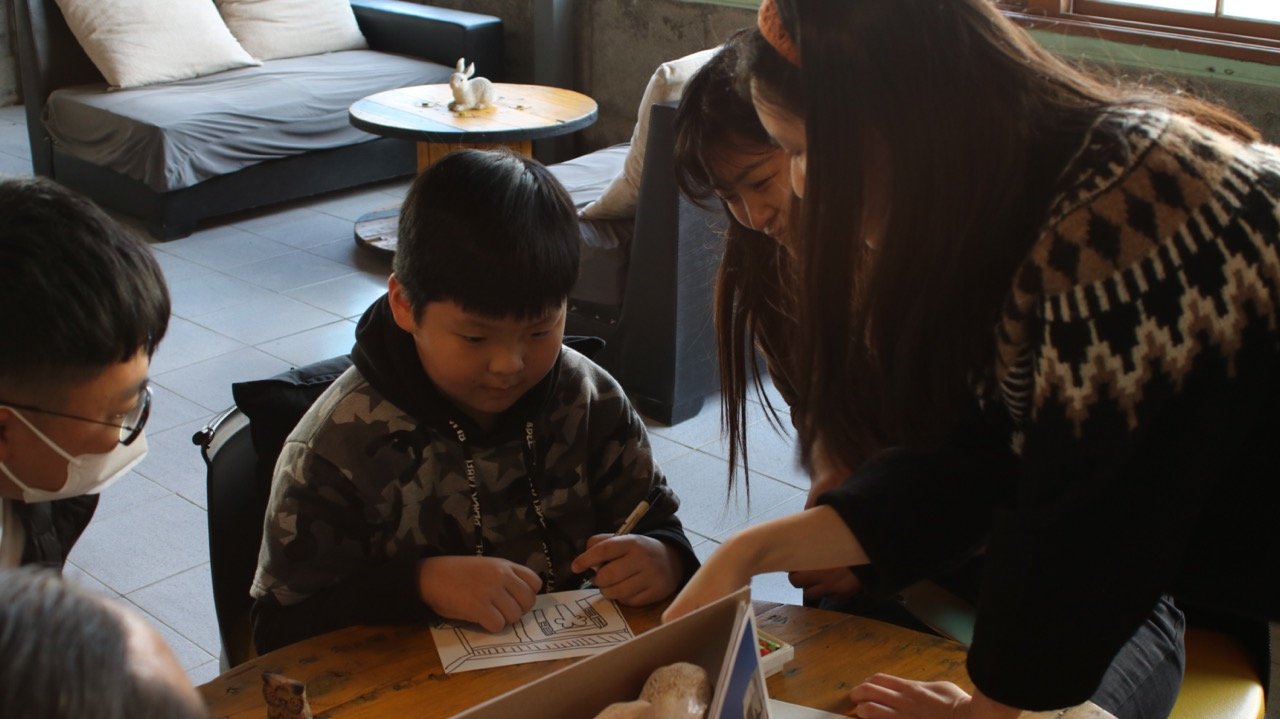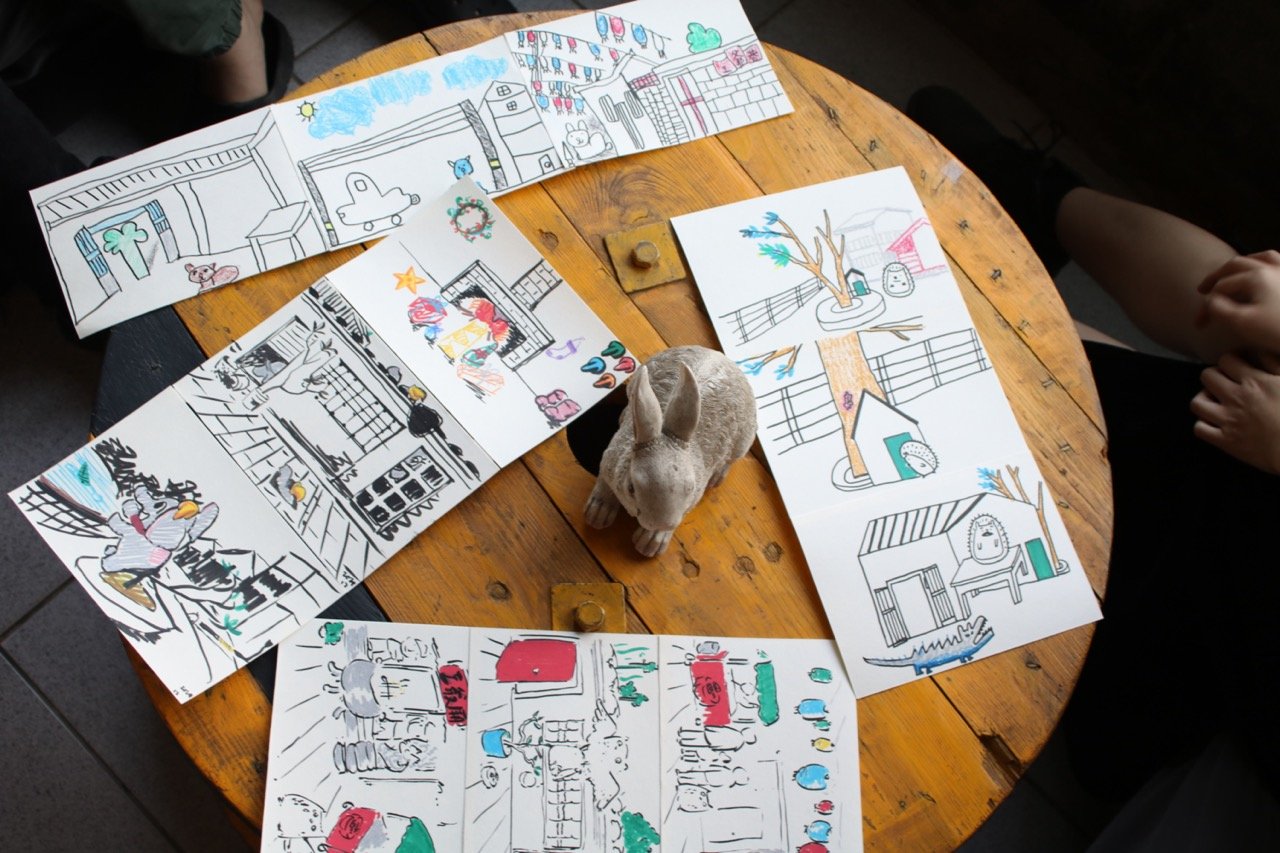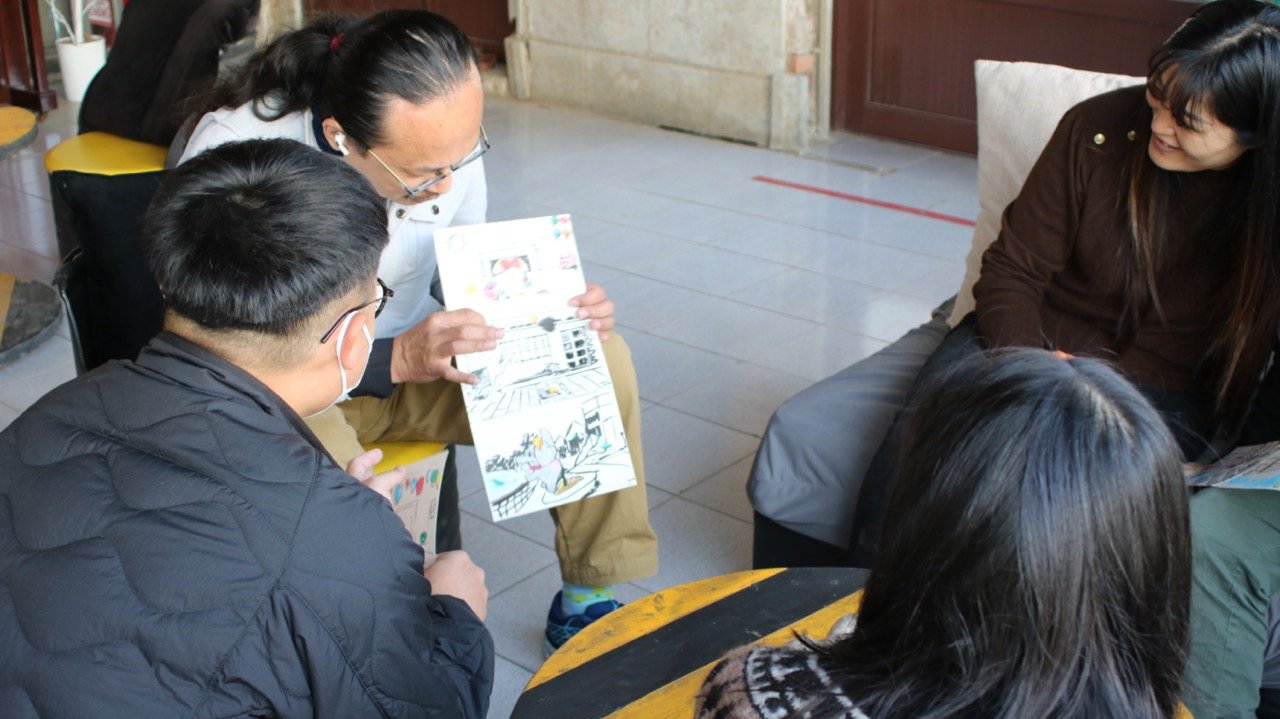Illustrating a Sequence at an Eco-museum
31 Jan 2025 - Written by Yu-Ching Chiu
I had the honour to exhibit my work at Yuejin Art Museum in Tainan, Taiwan, where I presented three wordless illustrated sequences in the solo exhibition, “A Story Being Told Quietly”. The museum is located in Yanshui, a small town which is well-known for its profound folk religion. It was a very exciting opportunity for me because of Yuejin Art Museum’s position as an “Eco-museum”. Differing from the mainstream museums where visitors come for the displayed items, Yuejin Art Museum focuses on creating a new sense for the town of Yanshui, with the community, and through artistic approaches. The concept aligns very much with my own values as an artist-teacher, therefore making it a great setting for me to share my recent practice as well as connecting with the audience.
As part of the exhibition’s events, I ran a workshop for local residents to engage in a sequential illustration activity, particularly based on and in response to Yanshui’s attributes. In this article I share the workshop content, along with a video in the end that captures some highlights of the event.
“Illustrating the Town Stories” Workshop
The aim of the workshop was to enable every participant to create their own illustrated sequence with ease, regardless of their levels or skills. Considering that most participants might find it challenging or even daunting to “illustrate a sequence”, I decided to design a series of prompts for them to respond one after another, and by doing this they could work their way to the outcome without feeling overwhelmed.
Firstly, I explained to the participants how an illustration is made up of “Scene” and “Character”, and these two elements together bring out “Story”. I then showed them photos of some places in Yanshui where they might visit everyday. These photos were taken when I had my strolls around the town prior to the workshop. I was drawn to how local residents’ everyday life is carried out in the old-time habitats, and reckoned these sceneries would make a great starting point for storytelling.
To get started with the story, I invited the participants to use one of the photos as the “Scene” in their illustration. This gave them the confidence to get on with ideation, because these scenes were within their everyday experience. I then added in the “Character” for them, which was our first prompt.
Prompt 1: Pick one prop from the surprise bag- this will be your “Character”!
I had pre-selected some small toys and put them into this “Surprise Bag” that the participants picked from.
I encouraged them to place the “Character” anywhere and in anyway they like in front of the “Scene”, and see how that could inspire their story.
With the objects physically right in front of us to observe, we drew down the story- this was our first illustration.
Prompt 2: Pass the “Scene” you currently have to the person on your right, so everyone gets a new scene, but keep your “Character”.
Everyone now had their character in a new scene. Just like in Prompt 1, we played with different positions for the character in front of the scene, developed the story, and drew down our second illustration on another piece of paper.
Prompt 3: Take a look at the two illustrations you just made.
Ask: Which one happens first in your story? It doesn’t have to be the order of how we made them.
Now think about: What is missing in the story? Is it before, after, or in between the two illustrations?
I asked the participants to take another piece of paper and illustrate the missing part of their story. They could choose to present this third illustration either by drawing just like the previous twos, or by writing down. An illustrated story very often come with the use of images and texts at the same time, so we don’t have to stick to drawing only as long as the story could be delivered.
By now, everyone should have had created three illustrations, and by placing all of them together in their preferable order- a “Sequence” was formed! Here are some town stories that we created through illustrating a sequence:
To conclude the workshop, we all sat side by side and shared our own stories of the town with each other. What I loved the most about this part was seeing everyone’s openness when exchanging feedback, no matter the differences between their ages or occupations. Illustrating stories empowered us to have our own narratives of the place being heard, even for me who was new to the community.
Lastly, here is a clip created by the lovely Yuejin Art Museum’s Team, showing some highlights of the event:
The main activity of this workshop was inspired by this resource from AccessArt’s, a platform that I use when looking for creative teaching ideas, also where I share my own practice with the artist-teachers’ community.

